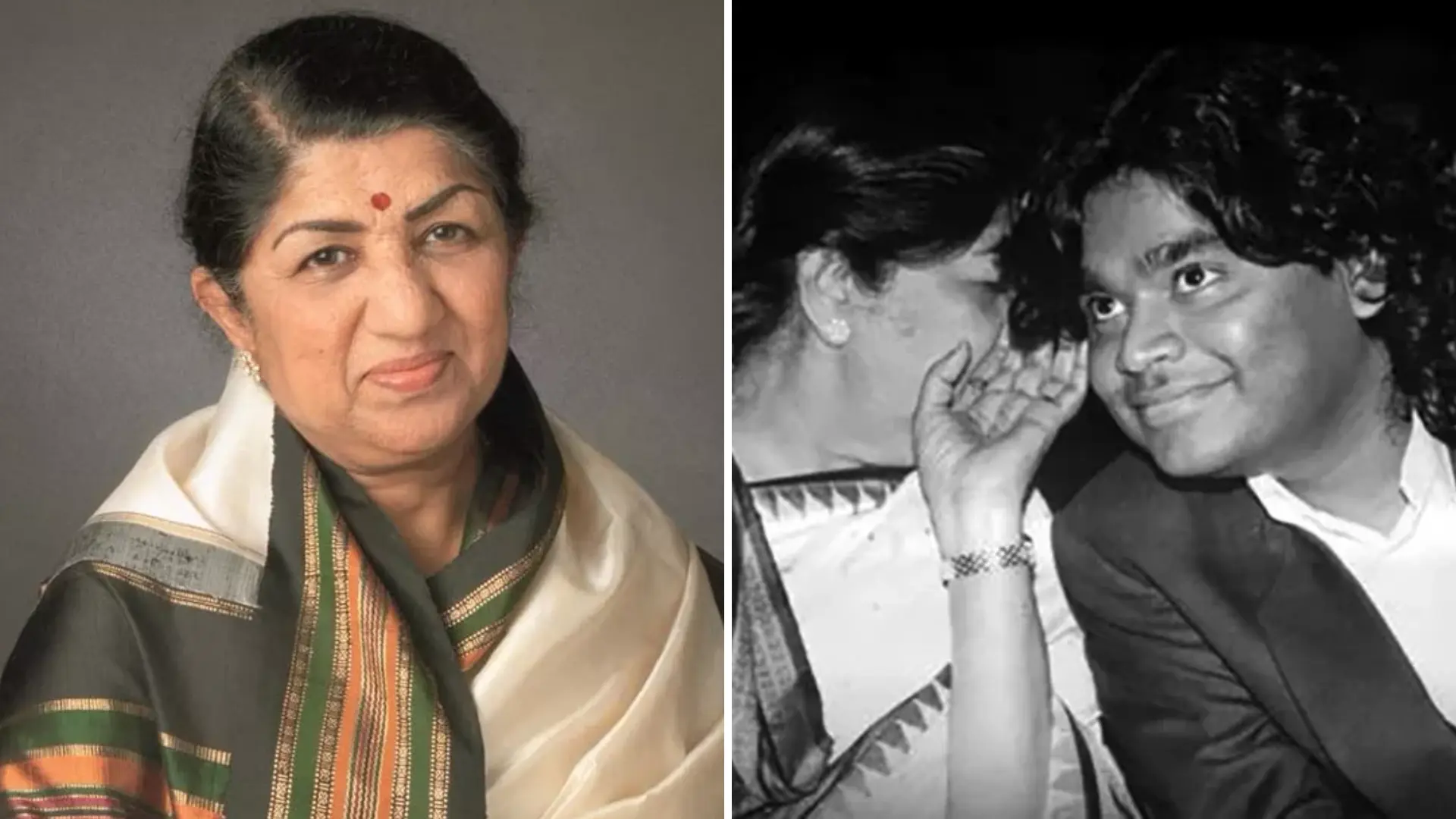Oscar-winning composer AR Rahman honoured the legacy of Lata Mangeshkar in a memorial talk at the 55th International Film Festival of India (IFFI), highlighting the legendary singer’s invaluable contributions to music and Indian cinema.
During the special session, Rahman reflected on Bharat Ratna awardee Lata Mangeshkar’s unparalleled artistry, saying, “Getting praise from her was very difficult because she had attained that level of perfection.”
Rahman reminisced about collaborating with Lata Mangeshkar on a song for Kapil Sibal’s album and shared an anecdote: “In 2014, when I was working on Kapil Sibal ji’s album, she was not well. I waited for her for three months. She quickly recorded other songs, but for this one, she had some apprehensions.
Finally, she gave a date, and I came all the way from Los Angeles to record her. I went to the studio, and she said, ‘I don’t feel well’ (laughs). So, I went back to LA.”
Praising the legendary singer, Rahman said, “Her body of work, aura, sacrifice, and dedication to the art inspire all of us.”
Rahman has also taken on the role of producer for Headhunting to Beatboxing, a musical documentary on the evolution of music in Nagaland. He attended a special screening of the film at IFFI.
Speaking about the project, Rahman noted, “Headhunting to Beatboxing is a very inspirational tale. I visited and observed what was happening… The evolution was so inspirational that I felt it was a story that could inspire many. Most people don’t even know about this new Nagaland.”
The documentary, which was previously screened at the Indian Film Festival of Melbourne (IFFM) in August, explores Nagaland’s rich musical history. It traces the evolution of rhythm and sound across cultures, tribes, and generations–from the traditions of headhunting tribes to the state’s modern musical renaissance.
Expressing his excitement about the film’s premiere at IFFM, Rahman had remarked, “The film is very special to us as it sheds light on the beautiful state of Nagaland and highlights its rich cultural and musical history.”
(With Inputs From ANI)























